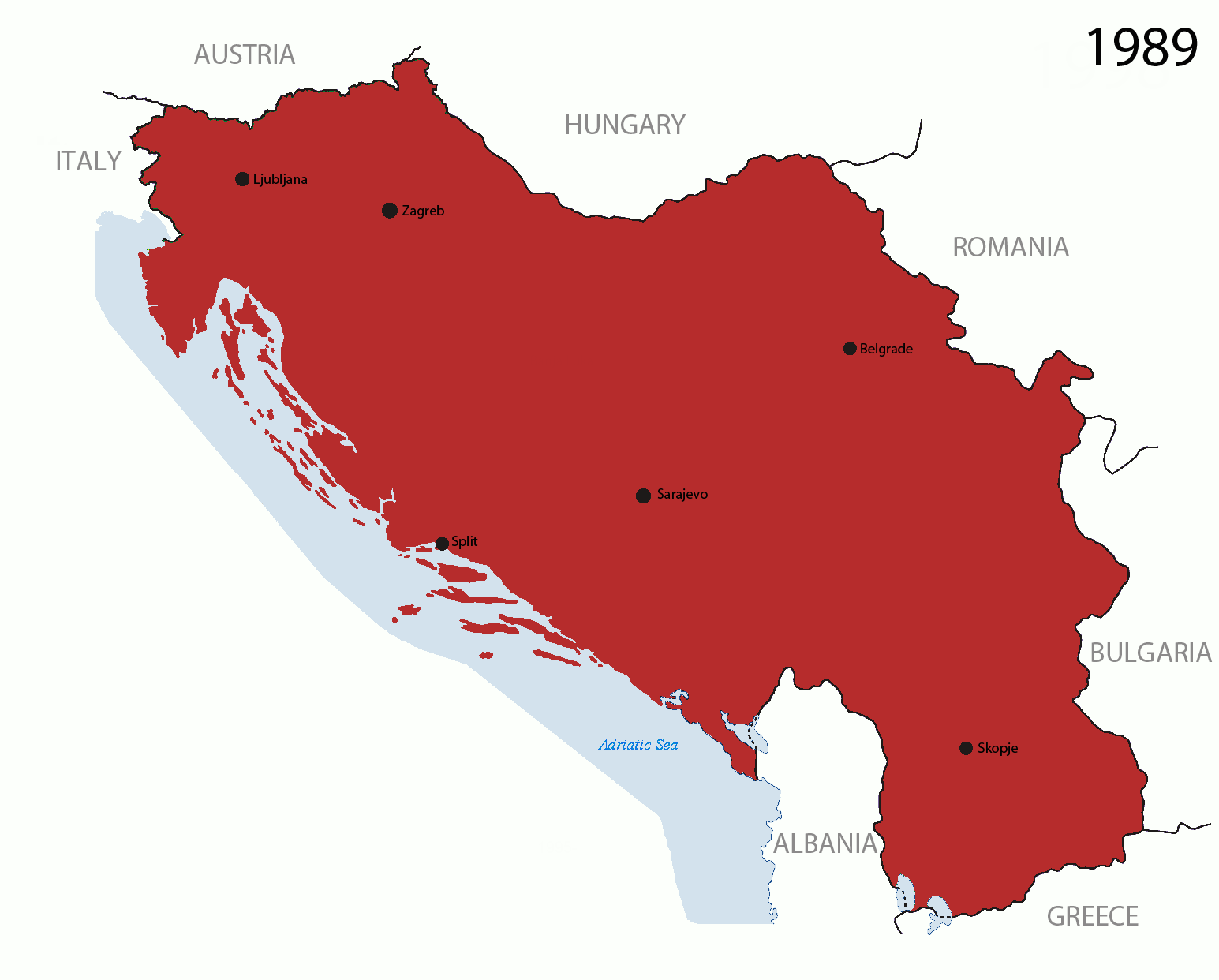Bosnia and Herzegovina have a rich and varied history. This is due to its unmovable presence at the crossroads in Europe. Bosnia and Herzegovina are located at the part of Europe where East meets west, its a gateway to either the one or the other. Therefore, the Romans held it strongly and once they succumbed to the barbarian barrage, the Greek Byzantine empire held it unshakingly till the Hunnic and Gothic forces tore it from the Greek’s grasp. And the Ottomans realised this, so opening this land was vital to the survival of the empire.

Before Christ
Between 1200-1100 BC the whole area of Bosnia-Herzegovina is inhabited by an ancient tribe (Illyrians). These tribes of the coastal regions are suppressed and fully dominated by Roman might by the date 10 BC. Emperor Augustus further increases his control over a part of Bosnia (Illyricum).

After Christ
After the advent of Christ and the collapse of the ancient Roman empire, this area of Europe became a very important crossroads between east and west. As it became naturally vital to the survival of empire, Byzantium spread their influence through out the region from 395 CE(Common Era) onward.
The region of Bosnia and Herzegovina was temporarily occupied by the Hunnic and Gothic forces in the 4/5th Century. The exodus of Slavs towards the Balkans, affects Bosnia and Herzegovina with an increasing population of Slavic peoples in the 6/7th Century.
In the 9th Century the Serbs and Croats had completely dominated the area, with Hungarians and Byzantium trying to occupy the territory of Bosnia and Herzegovina. In 1280 a powerful Bosnian principality establishes itself. The second route of Islamic history of Europe starts to come into existence as the Ottomans emerge from 1380 CE. The Ottoman Empire expands, incorporating opened European territory of which Bosnia and Herzegovina are included as provinces from 1460-1485 CE. From 1580-1878 CE, Bosnia and Herzegovina become a common Pashaluk (Ottoman administrative region) with at least 40% Muslims.

As the Ottoman Empire is drowning deep in deadly decline, the Austro-Hungarian commonwealth acquires the power, during the Berlin congress, to administer the Bosnian and Herzegovina region that was still formally within the Ottoman Empire.
These were vital steps taken by the enemies of the Ottomans towards the annexation of Bosnia and Herzegovina, which came to be in the year 1908. As the Ottoman empire was in further decline, world events didn’t leave the empire room to recover as the assassination of Gavrilo Princip, a Serbian Nationalist, dragged it into the first World War.
At the end of the war (1918) Bosnia and Herzegovina became part of the Serbian, Croation and Slovenian Kingdom.
In 1929 this whole region(Bosnia, Serbia and Croatia) become known as the Kingdom of Yugoslavia, which was held together by the iron fist of Dictator Alexander. Bosnia Herzegovina from 1945-1992 becomes one of the six republics of Yugoslavia, which by this time is ruled by another dictator, Tito. At the end of 1992 Bosnia and Herzegovina have declared and been recognised (by USA and EU) as an Independent state. The horrors of war begin as the break up of Yugoslavia is in full steam. By the year 1996 Bosnia and Herzegovina have become independent and perform their first elections.

This is only one example of the early and lasting impact of Islam on Europe by the Ottomans. There are many more interesting articles created from our 30 years of research. And many of those are exclusive to our Community Members. So, join our Membership Plan to receive weekly exclusive Ottoman Islamic history Content, by Dr Stef keris. The first 30 days will be free for you if you sign up now!
Click the Link Here:

Comments